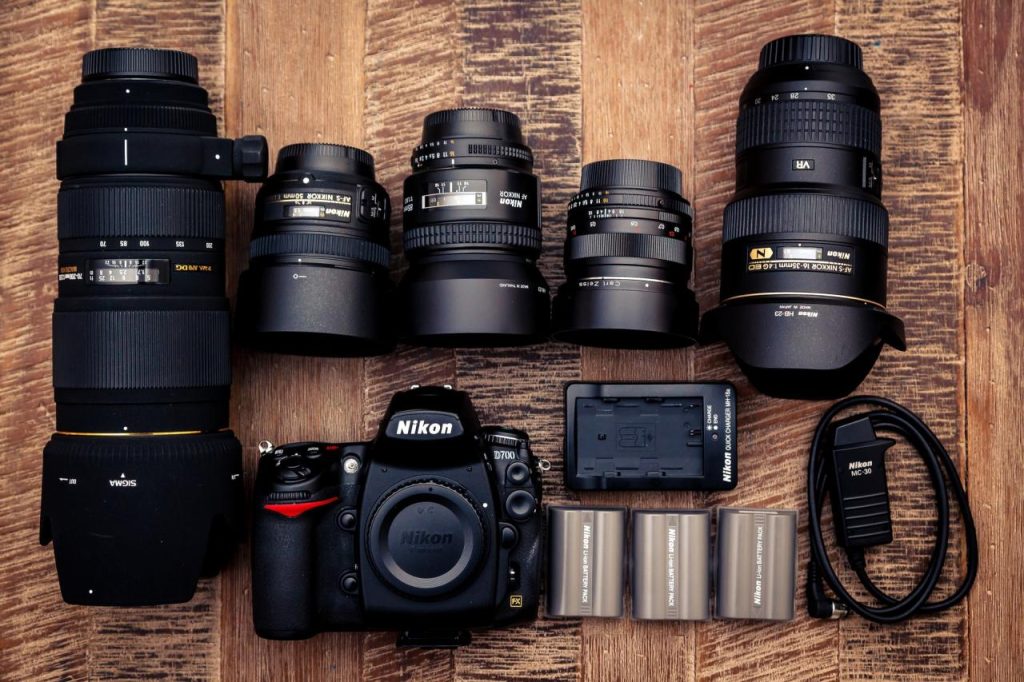
Mastering Photography Equipment: A Beginner’s Guide
Embarking on a journey into the world of photography is a thrilling endeavor, and understanding your gear is fundamental to capturing the perfect shot. As a beginner, mastering photography equipment can seem daunting, but with the right guidance, it becomes an empowering and enjoyable learning experience.
Understanding Your Camera:
Start by familiarizing yourself with your camera. Whether it’s a DSLR, mirrorless, or compact camera, learn its basic components—lens, sensor, viewfinder, and controls. Dive into the user manual; it’s a treasure trove of information that unveils the functionalities and settings unique to your device.
Camera Settings Simplified:
Explore the fundamental settings that impact your photographs:
- Aperture: Controls the amount of light entering the lens. Lower f-numbers mean larger apertures and vice versa. It affects depth of field, influencing how much of your image is in focus.
- Shutter Speed: Determines the duration the shutter remains open. Faster shutter speeds freeze motion, while slower speeds create motion blur. It’s crucial for capturing action or maintaining sharpness in low light.
- ISO: Adjusts the camera’s sensitivity to light. Higher ISO settings are suitable for low-light conditions but may introduce noise/grain in the image. Balance ISO to maintain image quality.
Exploring Lenses:
Understanding lenses is key to unlocking creative potential. Explore various types—prime, zoom, wide-angle, telephoto—and grasp their respective strengths. Experiment with different focal lengths to understand their impact on composition and perspective.
Stabilization and Support:
Stability is crucial for sharp images. Invest in a tripod or a monopod for steady shots, especially in low-light conditions or when shooting long exposures. Image stabilization systems in lenses or cameras also aid in reducing camera shake.
Lighting Essentials:
Understanding light is fundamental. Experiment with natural light and artificial sources. Explore techniques like backlighting, side lighting, and diffused light to comprehend how light influences mood and texture in your images.
Image Storage and Backup:
Learn about memory cards and backup solutions. Invest in high-quality, high-capacity cards and consider cloud storage or external hard drives for secure image storage and backup.
Practice, Experiment, Learn:
Practice is paramount. Experiment with different settings, angles, and compositions. Take advantage of online tutorials, photography forums, and workshops to expand your knowledge and gain insights from experienced photographers.
Conclusion:
Mastering photography equipment is an ongoing journey, and as a beginner, patience and practice are your allies. Embrace the learning process, get comfortable with your gear, and gradually unlock its potential. Remember, it’s not just about the equipment; it’s about your creativity and vision in capturing the world through your lens.
With dedication and a thirst for knowledge, you’ll soon find yourself confidently wielding your camera, capturing moments, and crafting visual stories that reflect your unique perspective.